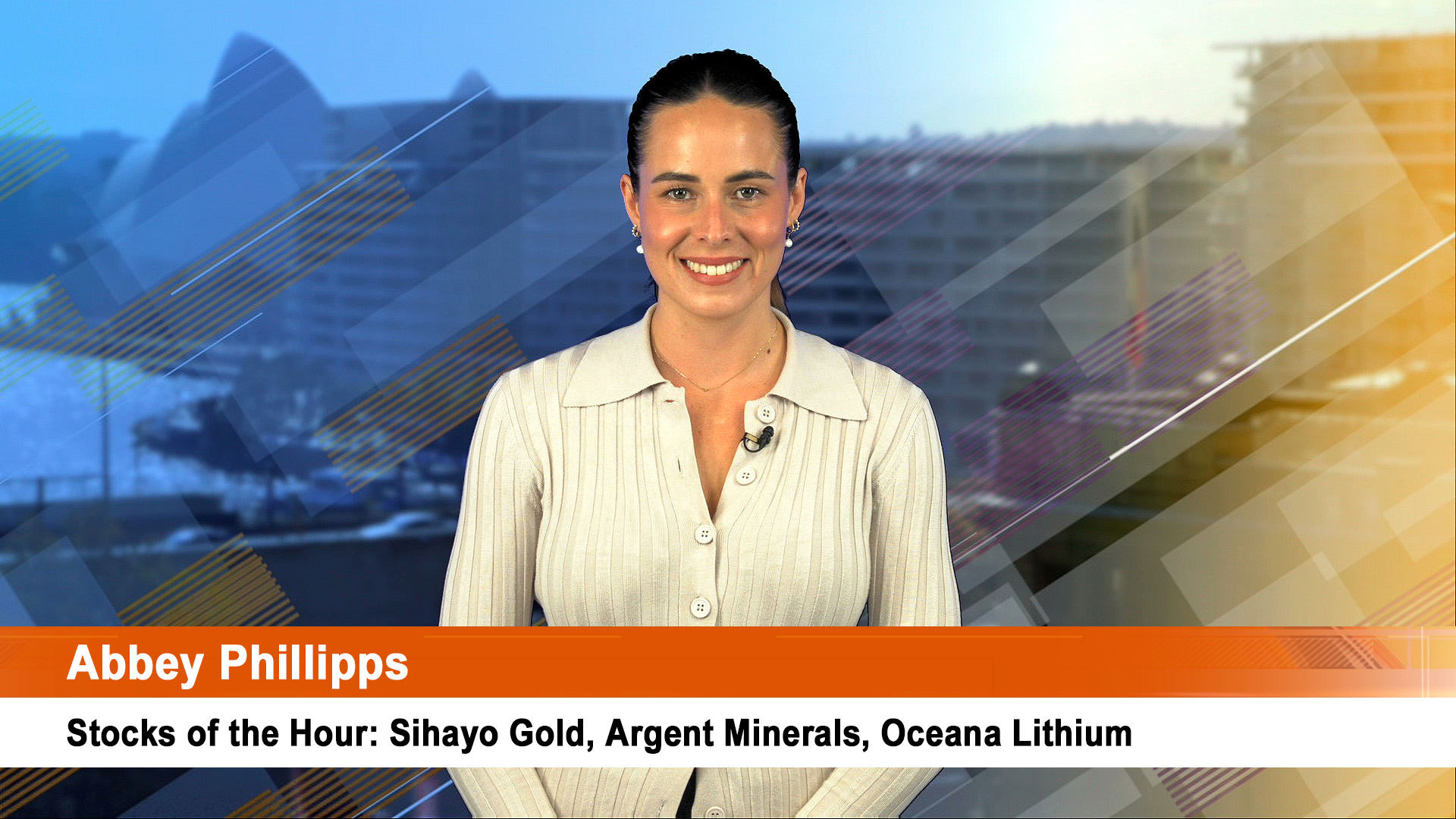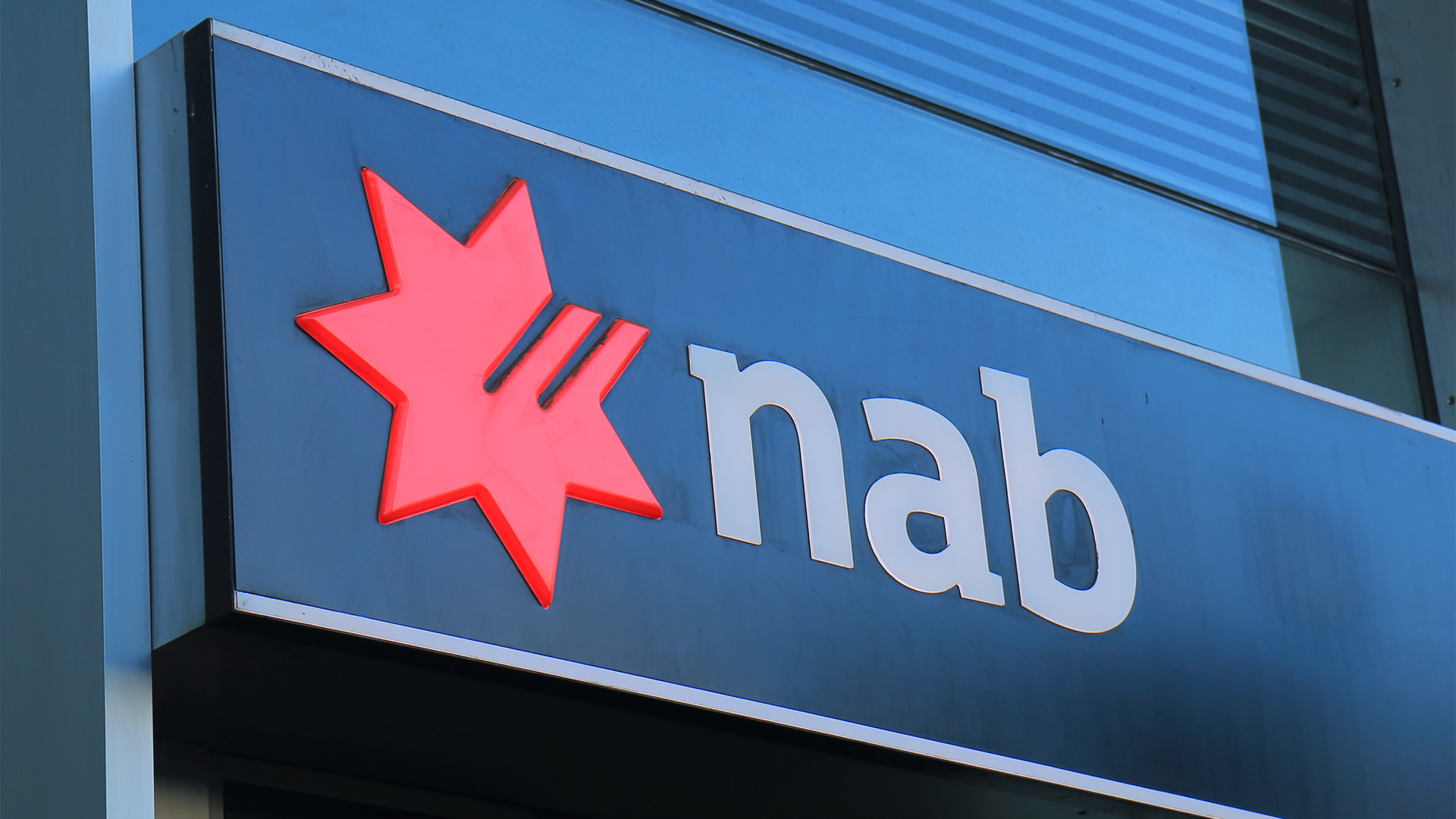Well, here’s an outlier – a group of bank economists talking about the Australian economy in a generally upbeat and positive fashion – without resorting to doom and gloom warnings of big price falls in property, recessions, downturns and the like.
If the National Australia Bank continues to show this level of optimism about the economy and the immediate future, they may be removed from the professional pessimists club that has been forecasting all manner of bad things for Australia much of this year.
The bank sees unemployment falling in the back half of 2016-17, it sees growth picking up and no more interest rate cuts. In fact it says the market is “overly pessimistic” in pricing in another cut of 0.125% in the next six months.
In fact the NAB’s monthly surveys and reports on business conditions and confidence came an hour or so after Deputy Reserve Bank Governor Phil Lowe urged us not to allow ourselves to become too pessimistic about the state of the economy.
He said in his speech in Sydney that Australians had to prevent the current uncertainty about the future mutate into “chronic pessimism” if they want to stop their living standards deteriorating.
He warned if pessimism became ingrained in Australia’s culture then “many of the opportunities that we do have are likely to go begging”. It’s a message for a lot of people in the media and finance circles, as well as politics.
But not for the NAB who in their report on the twin business surveys remarked ”the ongoing high level of business conditions and trend improvement in key leading indicators such as capacity utilisation supports our view that the gradual recovery in the non-mining economy is becoming more resilient.
“Low interest rates and the lower AUD (Australian dollar) are providing support, with strength particularly evident across services sectors of the economy, including but not limited to tourism-related activity. Our domestic forecasts are unchanged this month, with real GDP expected to expand by 2.4% in 2015/16 and 3.1% in 2016/17.
"The unemployment rate remains elevated for an extended period, but does ease to 6% by end 2015/16 and to 5¾ by end 2016/17, given the structural shift back towards more labour-intensive sectors. There remain clear downside risks from offshore, and weak commodity prices and falling mining investment will remain a drag.
“However, we find it difficult to mount a case for further policy easing on purely domestic grounds and view market pricing for another 25bp cut over the coming 6 months as overly pessimistic."
And how did the bank arrive at what is essentially a very positive view of the economy (warts and all)? Well, the results of the confidence and conditions surveys of business last month tell the story
“There was a partial recovery in business confidence in September as the Government’s leadership uncertainties were resolved, while financial market volatility and emerging market concerns have moderated from the heights of the previous month – although market concerns remain elevated,” the NAB reported yesterday.
"The business confidence index rose 4 points, to +5, which more than unwound last month’s decline, but is still well below the mid-year peak. Additionally, the improvement in confidence was not broad-based across industries, falling in mining, construction and finance.
"But business conditions, which have been much stronger than confidence in recent months held steady at an above average +9 index points in September.
"By component, employment is finally improving, turning positive and increasing to its highest level since mid-2011. In contrast, both trading conditions and profitability eased back, although they remain at elevated levels.
“Services sectors continue to outperform, while mining and manufacturing were the only industries to report negative business conditions in September – although there was a notable deterioration in both retail and finance/ property/ business services.
"Leading indicators have been positive, although forward orders eased slightly in the month. Capacity utilisation has been trending higher, which augurs well for non-mining business investment and the labour market,” the NAB said.













